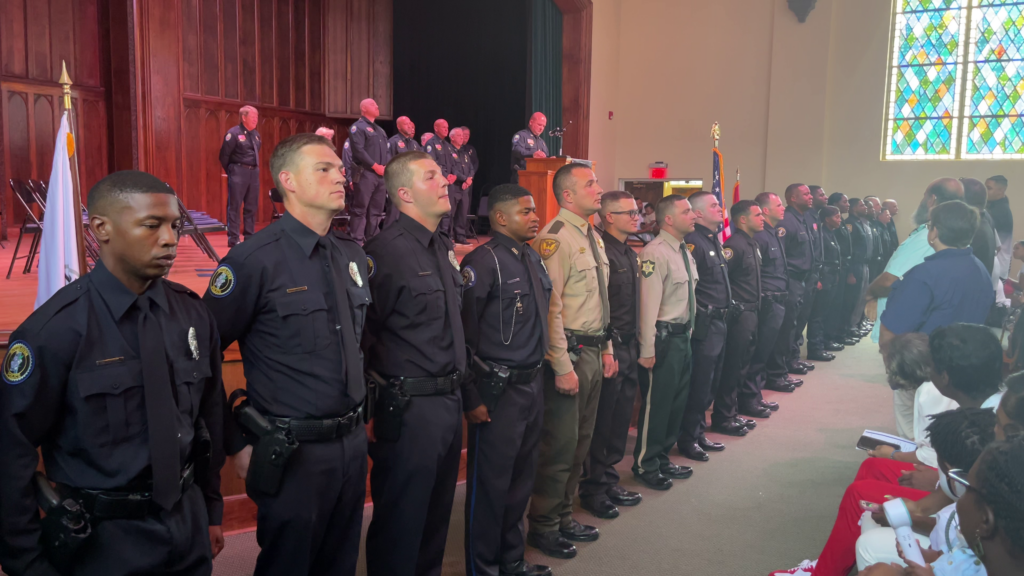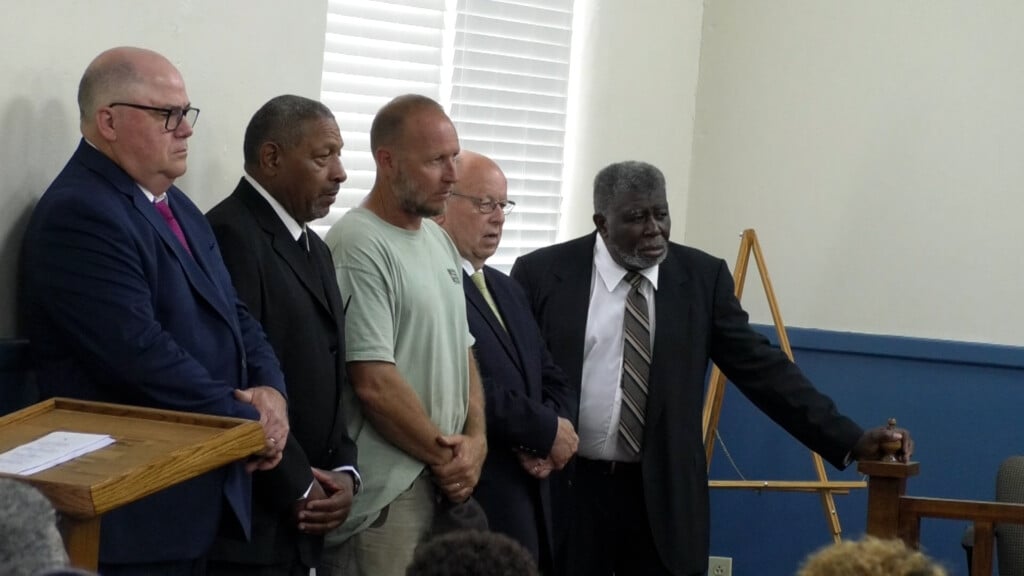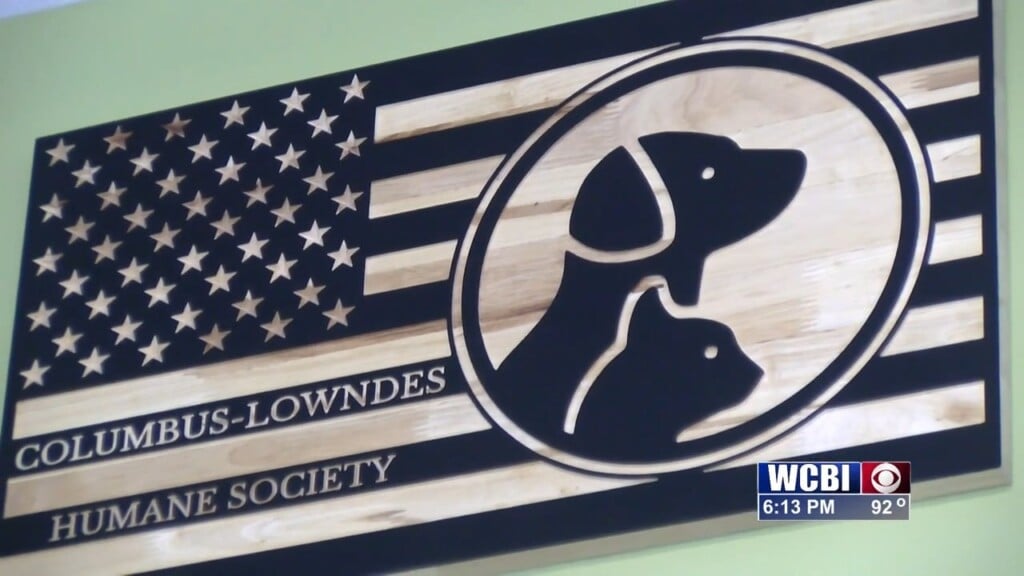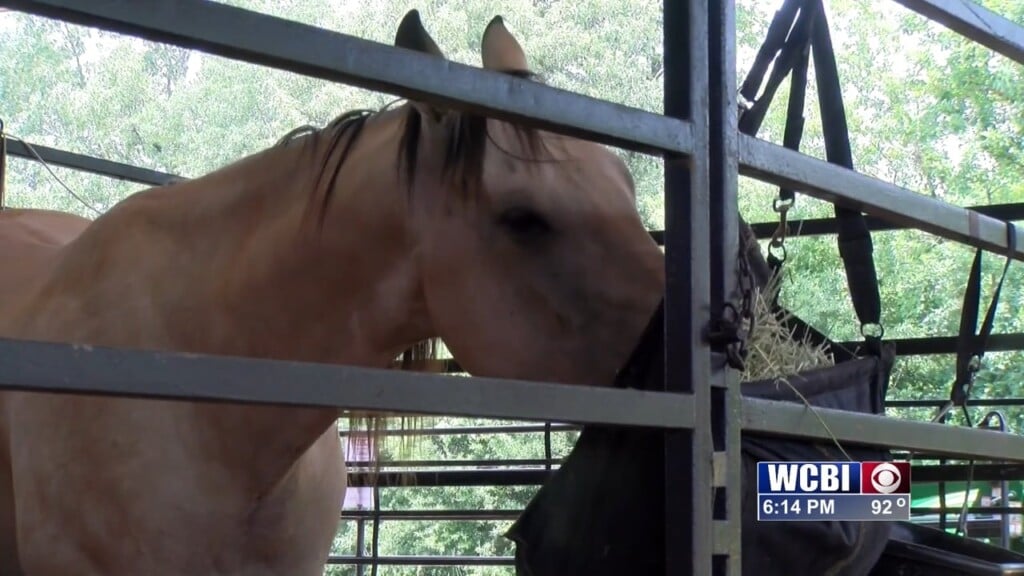Author of early “red flag” law says it has “stood the test of time”
Lawmakers disagree on much of what’s been proposed to stem gun violence in America. But one proposal that has support from some Republicans and Democrats is what’s known as a “red flag law.”
This type of law, also known as an “extreme risk protection order,” is currently in force in 17 states and the District of Columbia. It gives family members, and in some cases police officers, the power to obtain a swift temporary court order from a judge to confiscate firearms from someone deemed a danger to themselves or others. A court hearing for a final order to remove the gun for a longer period of time generally follows, and at this hearing, the individual has the opportunity to contest the order.
Michael Lawlor, who wrote the nation’s first red flag law, passed in Connecticut in 1999, said in an interview with CBSN Tuesday that his legislation has “stood the test of time” by thwarting would-be shooters from the outset. And he argues that it’s more effective than ever, citing the statistic that there have been more mass shootings than days in the year, according to the Gun Violence Archive. Connecticut, conversely, has one of the lowest firearm death rates in the country right now.
Trending News
Enacted after four people were shot and killed by a disgruntled worker at the Connecticut Lottery headquarters, Lawlor said the law came about as a “balanced” proposal for police.
“It’s had a huge impact,” Lawlor told CBSN, citing studies by researchers at Yale, Duke University and the University of Connecticut that all found the law has helped prevent scores of gun-related deaths, particularly suicides, since its adoption. “Our law allows just one additional option if all else fails where they’ve got the evidence that someone is in imminent danger.”
Lawlor says in Connecticut, it’s typically a potential perpetrator’s family member or health care provider who reports possible warning signs to the police.
“It’s been used over 1,400 times successfully in our state,” Lawlor said. “It’s never been successfully challenged either on constitutional grounds or on police abuse grounds. We know it’s been effective.”
He said in the first years after the law was enacted, it was only used about five to 10 times. But after the Virginia Tech shooting in 2007, which killed 33 people, “the number of calls to the police and the number of warrants issued really jumped a lot.” He says this was also the case in the wake of the tragic Sandy Hook Elementary School massacre in 2015.
“Now, in a typical year there’s almost 200 of these warrants issued (in Connecticut). So, what we know is that people are more inclined to call the police when they see warning signs, and it’s more likely the police know what the procedures are to obtain one of these warrants,” he said.
Lawlor’s response to critics who say the law is an affront on gun owners’ rights: “Responsible law-abiding owners have every right to [buy a gun], but when you’re not responsible or you’re acting dangerously or you’re a threat to yourself or others, that’s when your license to have the guns can be revoked and in some cases, seized from you.”
Currently, Connecticut has some of the strictest laws on the books on gun ownership — including requiring training, a background check and permitting requirements for the purchase of firearms and ammunition. The state also bans (with exceptions) certain semi-automatic firearms categorized as “assault weapons” and magazines that can hold more than 10 rounds.
“If more people adopted gun laws the state [Connecticut] has there would be less shootings, I can assure you that,” said Lawlor.
So far, “Red Flag” laws have some bipartisan support. President Trump has expressed support for extreme risk protection orders. In the aftermath of the El Paso and Dayton shootings this summer, he urged Congress to “make sure that those judged to pose a grave risk to public safety do not have access to firearms and that if they do, those firearms can be taken through rapid due process.”
Senate Majority Leader Mitch McConnell has said he will not put a gun bill on the floor unless he knows the president would sign it. He said earlier this month that he is waiting to hear from the White House about what gun safety measures the president would support.





Leave a Reply